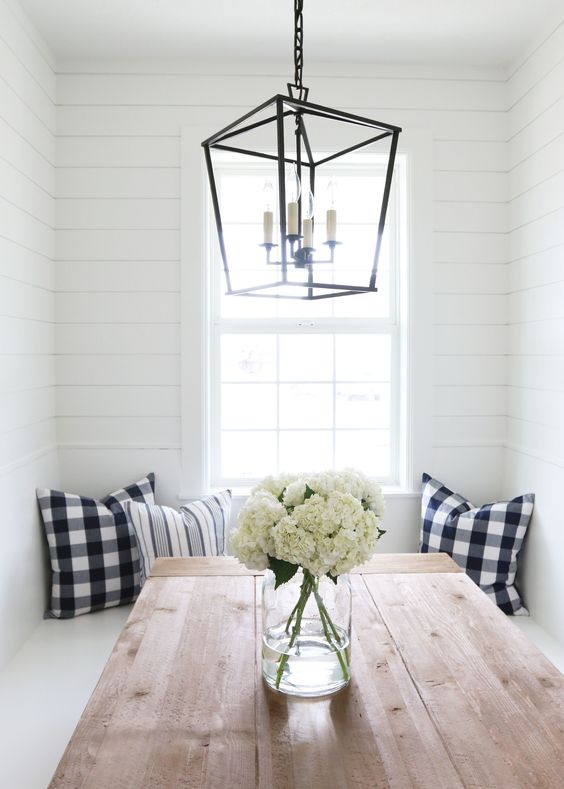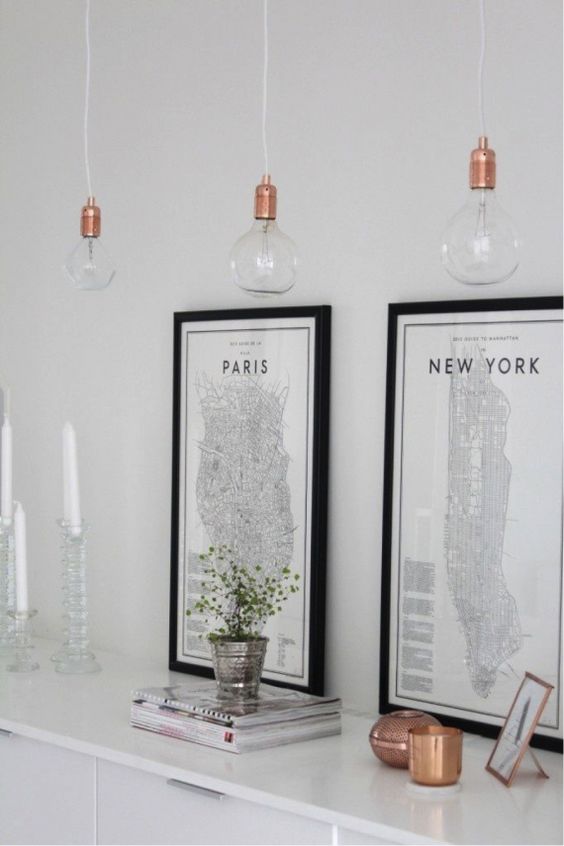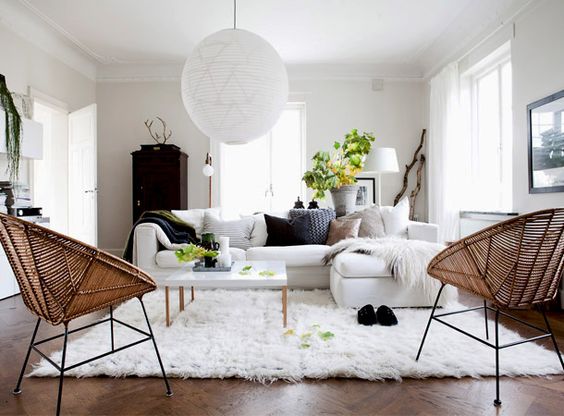3 Ways to Light Up Your Space
If you’ve only just found your passion for interior design, then you may feel like there’s a huge amount to learn. One of the most basic pillars of interior design is the use of lighting. When you’re planning to re-design a room, lighting should be considered as a design element like any other. In this guide, we’ll go over three types of lighting, and how they can make for a more attractive home.

The first kind of lighting you’ll hear designers talk about is general lighting. This is sometimes called “ambient lighting”, but there’s no real difference. General lighting is intended to light up an entire place to improve visibility. Interior designers will plan out their general lighting to reflect off the walls, and fill every little nook and cranny with light. You can apply general lighting to one of your rooms using either up lights or down lights. As you can probably guess, “up lights” are lights that point their beams up. Down lights, on the other hand, are directed to the floor. These are a big focus in lighting design for home and business. Some of the more popular kinds of lights are recessed and track lights. Some lights, such as living room table lamps, work as both up and down lights.

The second category you should know about is task lighting. In case you hadn’t guessed, task lighting is so named because it’s the kind of lighting that helps people with tasks. This kind of lighting is typically more intense, and focussed on one small area of a room. When you’re looking for the kind of lights to use, bear in mind that it should be roughly three times as bright as the general lighting in the same room. Pursuing this, you may find that your task lighting makes a room look garish, or strains your eyes. You can fix this problem by using bulbs with a higher LPW, or adding fixtures to a room to increase the overall light. Table and floor lamps, along with under-cabinet light strips, are great candidates for task lighting.

Finally, accent lighting. This will be the least common form of lighting in a room, unless you happen to live in an art gallery. Accent lighting is used to draw people’s attention to the focal points of a room. These will include valuable ornaments, artwork, and interesting architecture. It should be about as bright as your task lighting, although a lot of designers prefer it to be a little more dim. The way you position your accent lighting is fairly important. If the beam is too garish, the glare can block your line of sight to the focal point its meant to accent. To avoid this, make use of light shades, or keep your accent lighting at a 30-degree angle on the vertical. Halogen lighting is a very popular choice for accent lighting due to its brilliance. My main warning is not to over-use accent lighting. You should really keep it to one or two spots per room.




 Follow
Follow






COMMENTS ARE OFF THIS POST